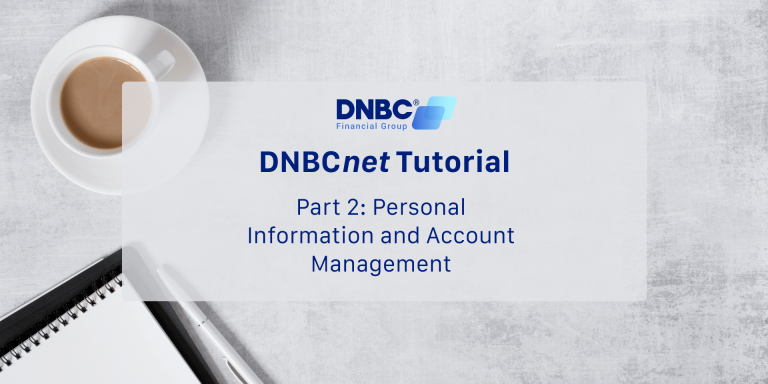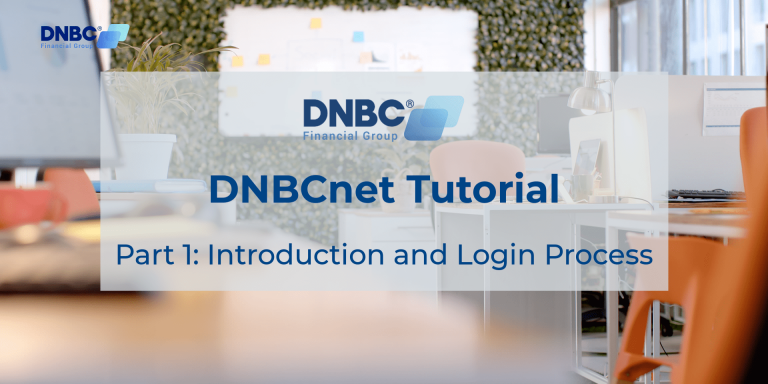When you are making a bank transfer to family, relatives, friends or partners… in another country, a SWIFT code is required to be involved in.
By definition, SWIFT stands for Society for Worldwide Interbank Financial Telecommunication. This code is used to identify the country, branch and bank which your account is registered to.
Without having a SWIFT code, your bank transfer can’t reach the right destination. If you’re wondering “How to find my swift code” or “How do I find the swift code for my bank”, this article is for you.
Discover more about SWIFT Code
SWIFT codes are applied when you send or receive money internationally. This ensures that your money reaches the right destination with smooth, secure and simple payments.
SWIFT is a messaging network that most banks and financial institutions use to send and receive information securely and fast. It looks like instructions for money transfers.
In principle, the network itself can’t make transfers. Its mission is to only pass along transfer instructions between banks and institutions to pass the instructions. SWIFT enables the secure and precise communication among member institutions and banks.
How do I find my swift code for my bank?
The network consists of more than 11,000 entities globally and encompasses over 200 nations and territories. Nowadays, SWIFT has become an integral part of the global financial industry. In 2021, the network processed around 42 million messages each day which is an 11.4% rate of increase over 2020.
Though, at first SWIFT was created to deliver messages for direct payment instructions, it also sends messages for several tasks (security transactions, system transactions, trade transactions and treasury transactions) today.
Basically, a SWIFT code consists of 8-11 numbers and letters which facilitate money international remittance.
This code looks like this: AAAABBCCDDD
AAAA: 4 characters for bank code (a bank to which money is being transferred)
BB: 2 characters for country code (a country which the bank is located in)
CC: 2 characters for location code (signify a city)
DDD (optional): 3 characters for branch (a detailed branch or office)
In general, SWIFT charges customers a fee for every message, depending on the message type and length. Those fees can change in terms of the bank’s usage volume; multiple price levels.
How do I find the SWIFT code for my bank?
The SWIFT code is really important for international money transfers. It’s secure because encryption is used to safeguard the data through the SWIFT network.
If you often send or receive money internationally, you should know where to find a bank’s SWIFT code.
If you’re transferring a bank transfer to your family, relatives or friends, you need the SWIFT code to determine their banks to complete your transfer. But how to find the SWIFT code?
There are several ways to find this code. Following simple ways will help you with the SWIFT code you’re seeking for.
You need to copy down the correct characters when recording a SWIFT code with 8 or 11 characters.
1. Contact the bank and ask an employee for the SWIFT code.
This is one of the easiest ways to take your SWIFT code. Bank tellers and employees will tell you what the SWIFT code is and the next steps to make the bank transfer.
If you need to find a SWIFT code of an overseas bank and ask for an international call, it can be best to search online as an alternative way.
2. Search Swift code online
You can easily find it online with many results from Google search.
By doing that, there are various websites available for a bank’s SWIFT code. Just choose the country and the name of the bank.
3. Check the bank’s website
You can follow some basic steps to find Swift code.
Visit the bank’s website and find if it shows SWIFT code on there.
Check the bank’s FAQs, international payments or other links
Type “SWIFT code” on the search box if the website has a search box.
4. Ask the person or business you intend on paying for their bank’s SWIFT code
If it isn’t your own bank’s SWIFT code that you are finding, contact the person or business that you’ll transfer money to and ask them for their bank’s SWIFT code.
If they aren’t sure what their bank’s SWIFT code is, ask them for their bank’s name and then you can look the code up online.
5. Check bank statements
Banks often print SWIFT code on their bank statements. You can check one of your recent statements to find if the SWIFT code is listed.
In case you don’t get paper statements, login to your bank account online and find your statement there.
Information of DNBC Financial Group
DNBC Financial Group has been developing in the Fintech industry. It offers money online transaction solutions to personal and business accounts. DNBC Financial Group is considered as an online payment solution for you.
By putting a prior standard for innovation in the money transfer platform since 2017, DNBC Financial Group has given optimal payment solutions to collecting payments, transferring internationally and managing funds.
DNBC Financial Group has attracted customers around the world and has been proud as one of the most typical online payment providers.
DNBC Financial Group is your trusted provider in international money transfer
- Get 100% free 1-on-1 support
- 100% free account opening
- Seamless onboarding process
Or please contact DNBC
Email: [email protected]
Phone Number:
- +65 6572 8885 (Office)
- +1 604 227 7007 (Hotline Canada)
- +65 8442 3474 (WhatsApp)



 DNBC Team
DNBC Team







